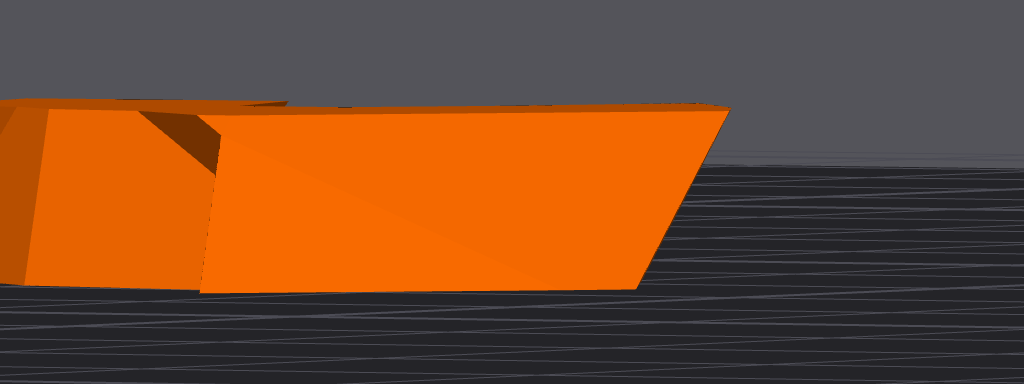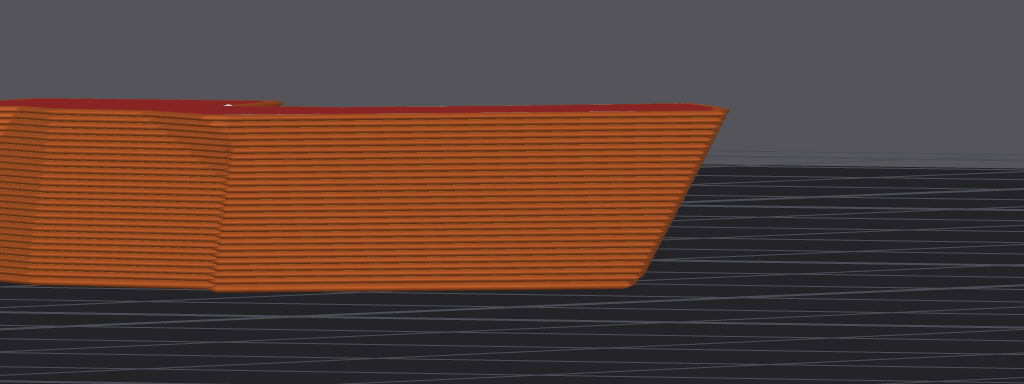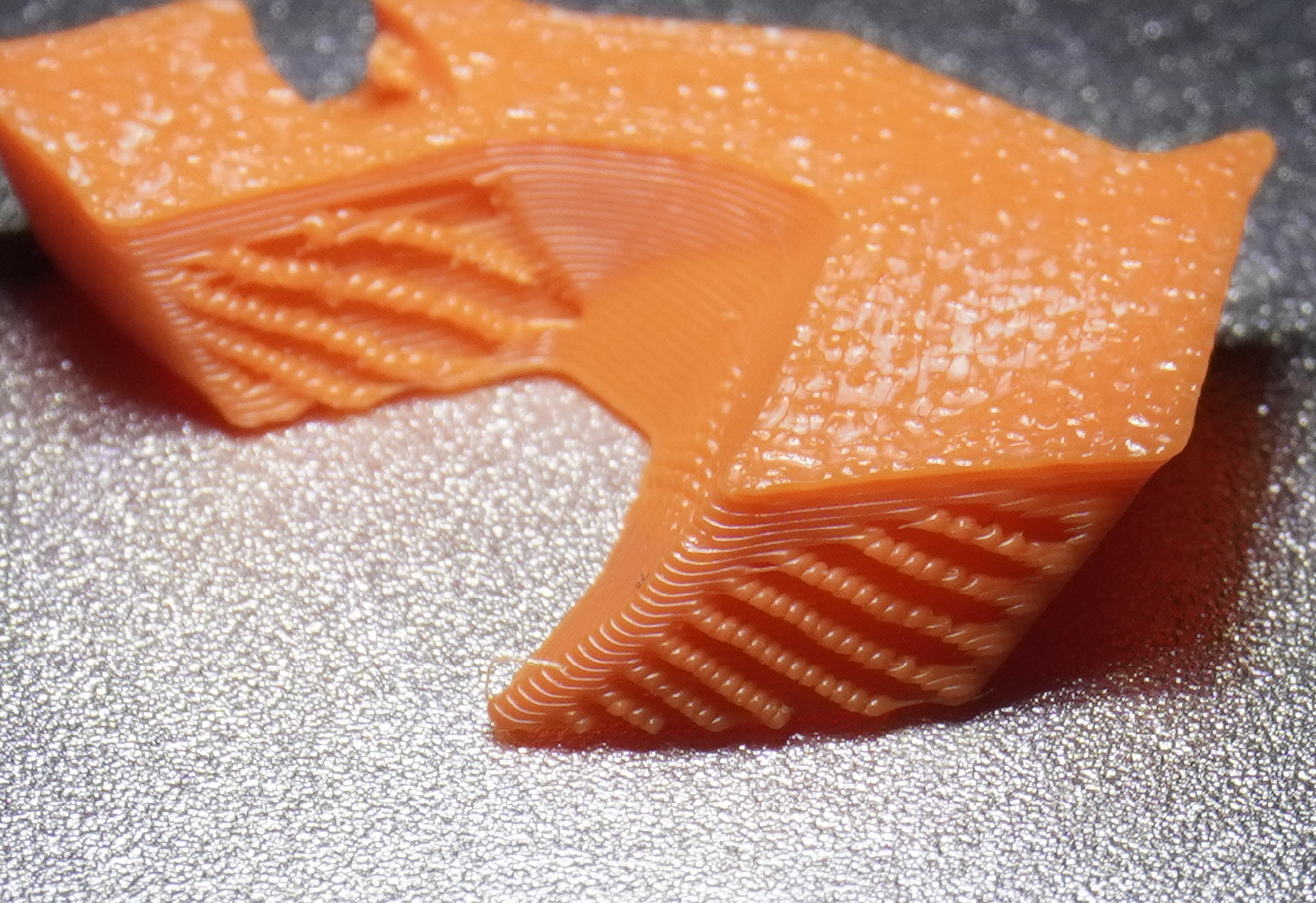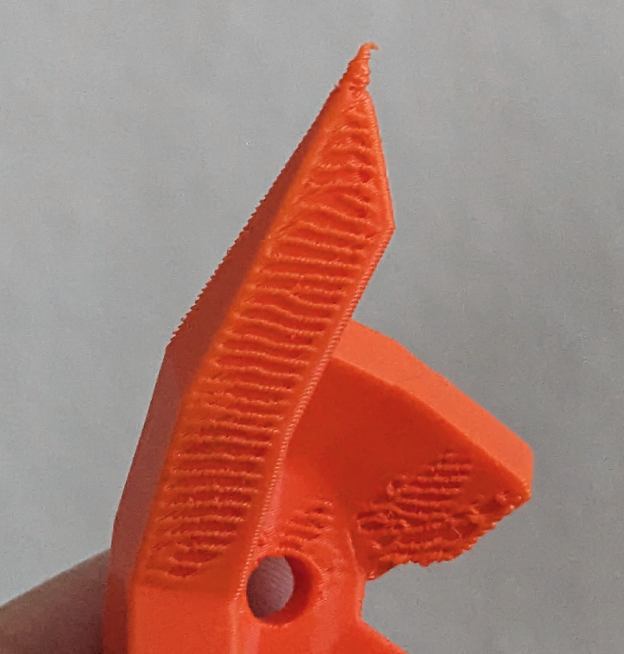But does it splatter better than Vegemite?
Don't bring the marmite into this!
well it was less underextrusion and more the printhead just trying to go supersonic at those spots and the material just didn't flow fast enough :D
I also figured out, I can adjust the max volumetric speed of the PETG filament settings and that will limit the wall speeds autumatically

Edit: This turned out to interact weirdly with layer height changes, I ended up just reducing the max speeds.
Looks like the default speed settings in the slicer was just too fast :D
So yeah, that solved it! Set it to 50mm/s maximum and it just disappeared! Thanks for the suggestion :)
I just spent some more time observing and yeah, the printer tries to go super sonic for the walls there with up to 150mm/s :kekw:
I added some pics
It's kinda not at the start or end of the layer. The layer starts with the inner wall, which prints fine and then it does the outer wall which doesn't do fine.

Which corresponds to the wall here

What slicer are you using?
Bambu Studio 1.8.4.51
I tried to observe it but it just goes straight over it.. It seems a bit like a cascading issue, where one layer has a bit missing and then the next one blobs onto the next because it's trying to print on nothing, idk
It also sometimes catches itself again and you get these patches of weirdness and then it's okay again
Honestly my recommendation would be to start off with some microcontrollers/Raspberry Pi and some breadboards and go from there. That way you can uhhh trial and error your way to something that works and worry about the "engineering" part later, when you have gotten your feet wet :D There are some simple Arduino starter kits for example that give you the basic things + a bunch of sensors and motors to play with. I got started myself with the Elegoo Arduino Starter Kit (~50€). Along the way it's probably going to be helpful to look up some course on electronics basics, specifically digital circuits and then analog circuits if you're feeling adventurous.






You can also just split the password for a single LUKS into two parts and give one each to the two people :D